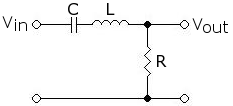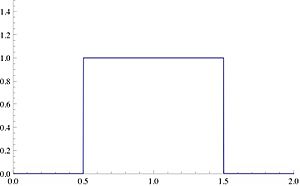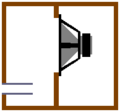Band-pass filter facts for kids
A band-pass filter is a special electronic tool. It lets certain sound or light waves, called frequencies, pass through. Think of it like a bouncer at a club. It only lets in the frequencies that are within a specific range.
This range has a lower limit and an upper limit. These limits are called cutoff frequencies. Any frequencies outside this allowed range are blocked. They are made almost zero.
For lower frequencies (up to 100,000 times per second), these filters often use simple electronic parts. These parts are called R.C. networks. For higher frequencies (above 100,000 times per second), they use different parts. These are called R.L.C. components.
Contents
What is a Band-Pass Filter?
A band-pass filter is an electronic circuit. It is designed to allow only a specific range of frequencies to pass through. It blocks or greatly reduces frequencies that are too low or too high. This means it "passes" a "band" of frequencies.
How Do Band-Pass Filters Work?
Imagine a radio. When you tune it to a station, you want to hear only that station. You don't want to hear all the other stations at once. A band-pass filter helps with this. It picks out the frequency of the station you want. It then blocks all the other frequencies.
What are Cutoff Frequencies?
Every band-pass filter has two important points. These are the lower cutoff frequency and the upper cutoff frequency. The lower cutoff frequency is the lowest frequency that can pass through. The upper cutoff frequency is the highest frequency that can pass through. The space between these two points is called the "passband." This is the range of frequencies that the filter lets through.
Where Are Band-Pass Filters Used?
Band-pass filters are used in many everyday things.
- Radios and TVs: They help tune into specific channels.
- Music equipment: They can shape the sound of music. For example, they can make a guitar sound brighter or deeper.
- Medical devices: They are used in things like ultrasound machines. These machines need to focus on specific sound frequencies.
- Telecommunications: They help send and receive phone calls and internet data clearly. They make sure signals don't get mixed up.
These filters are very important in electronics. They help us control and understand different types of signals.
Images for kids
See also
In Spanish: Filtro paso banda para niños




